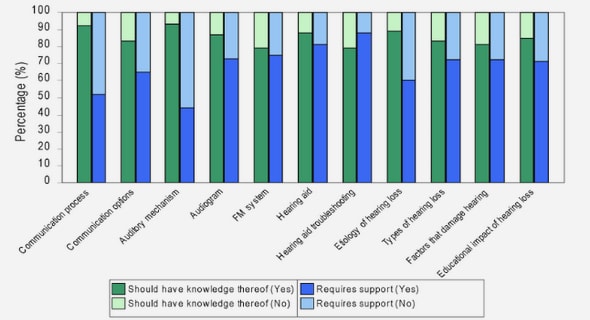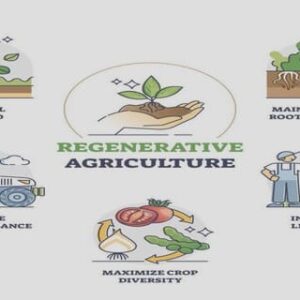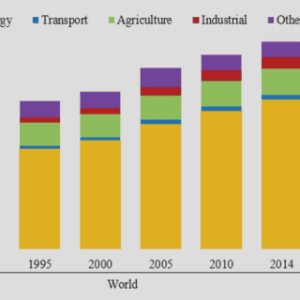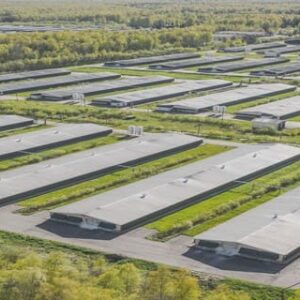(Downloads - 0)
For more info about our services contact : help@bestpfe.com
Table of contents
GENERAL INTRODUCTION
1 AES history and main issues
1.1 AES brief history
1.2 Issues of AES
1.2.1 The participation issue
1.2.2 Issues stemming from information asymmetry
1.2.3 Issues of farmers’ coordination at a landscape scale
2 Behavioral approaches of pro-environmental decisions
2.1 Behavioral economics
2.2 Pro-environmental behavior in social psychology
2.2.1 Moral motivation theories
2.2.2 The Theory of Planned Behavior (TPB)
2.3 The growing role of behavioral approaches in environmental policies
3 Research questions, hypotheses and methods
3.1 What is the role of behavioral factors in the adoption of AES?
3.1.1 Research question 1: Do behavioral factors intervene in the adoption of AES?
3.1.2 Research question 2: Do norms influence the adoption of AES?
3.2 What is the performance of innovative AES design and how it is affected by behavioral factors?
3.2.1 Research question 3: Does the introduction of a conditionality on collective participation improve the effectiveness and efficiency of AES contracts in presence of an environmental threshold?
3.2.2 Research question 4: Are AES performant to achieve the objectives of biodiversity offsets?
3.2.3 Research question 5: Does contract framing have an impact on the participation to AES?
PART I: WHAT IS THE ROLE OF BEHAVIORAL FACTORS IN THE ADOPTION OF AES?
Chapter 1: Motivations of farmers to adopt AES: An application of the theory of planned behavior
Introduction
1 The Theory of Planned Behavior
1.1 The initial TPB model
1.1.1 Attitude
1.1.2 Perceived Behavior Control
1.1.3 Subjective norm
1.1.4 Relative importance of TPB variables
1.2 Extensions of the TPB model
1.2.1 Descriptive norm
1.2.2 Personal norm
1.2.3 Response efficacy
1.2.4 Habits
1.3 Theory of planned behavior and economic theory
1.4 TPB applied to agri-environmental issues
2 Methodology of the empirical study
2.1 The case study
2.2 Sampling, survey design and administration
2.3 Questionnaire
2.4 Beliefs
2.5 Statistical analysis
3 Results and discussion
3.1 Analysis of directly measured TPB variables
3.2 Belief analysis
3.2.1 Attitude
3.2.2 Perceived behavior control
3.2.3 Subjective norm
4 Conclusion and discussion
Chapter 2: Do social norms influence the adoption of AES?
Introduction
1 What are social norms?
1.1 Definitions of social norms
1.2 Reasons to conform to social norms
1.3 Descriptive and injunctive norms
1.4 Importance of subjective beliefs
1.5 Social identity
1.6 Personal norms
2 Theoretical approaches of the role of social norms
2.1 Social norms in social psychology
2.2 Norms in economic models
2.3 Modelling the effect of descriptive and injunctive norms on the adoption of AES: our proposal
2.3.1 Basic framework
2.3.2 Descriptive norm
2.3.3 Injunctive norm
2.3.4 Combination of descriptive and injunctive norms
3 Empirical analysis of the effect of social norms on AES adoption
3.1 How to measure the effect of social norms on the adoption of AES?
3.1.1 Stated and revealed preference methodologies
3.1.2 Experimental methodologies
3.2 Empirical evidence of the role of social norms on pro-environmental behavior in agriculture
3.3 A stated-preference survey on the role of social norms in the adoption of proenvironmental practices
3.3.1 Survey methodology
3.3.2 Data analysis
3.3.3 Results and discussion
4 Conclusion and policy recommendations
PART II: WHAT IS THE PERFORMANCE OF INNOVATIVE AES DESIGNS AND HOW IT IS AFFECTED BY BEHAVIORAL FACTORS?
Chapter 3: Can collective conditionality improve AES? Insights from experimental economics
Introduction
1 Agri-environmental contracts with collective conditionality
2 Experimental design and procedure
2.1 Treatments
2.2 Discussion of the design and theoretical predictions
2.3 Protocol
3 Experimental results
3.1 Effectiveness of the subsidy schemes
3.2 Efficiency of the subsidy schemes
3.3 The crucial role of the first period of the experiment
3.4 The role of aversion to risk and beliefs
4 Conclusion
Chapter 4: Challenges of achieving biodiversity offset outcomes through AES: Evidence from an empirical study in Southern France
Introduction
1 Background literature and research hypotheses
1.1 Definition of ABOS
1.2 Acceptability of ABOS
1.2.1 Flexibility
1.2.2 Payment/Costs
1.2.3 Social norms
1.2.4 Attitude towards the environment
1.2.5 Trust
1.3 Performance of ABOS
1.3.1 Compliance
1.3.2 Additionality
1.3.3 Link between land use and environmental outcomes
1.3.4 Permanence
1.4 Research hypotheses
2 Materials and methods
2.1 Presentation of the case study
2.1.1 The BO project
2.1.2 The ABOS programme
2.2 Data collection and data analysis
2.2.1 Farmers’ acceptability of ABOS
2.2.2 ABOS performance
3 Results and Discussion
3.1 Determinants of farmers’ acceptability of ABOS
3.2 Performance of ABOS
3.2.1 Analysis of the survey of farmers engaged in the AES programme
3.2.2 Analysis of the plot selection process
4 Conclusion and Policy implications
Chapter 5: Compensating environmental losses versus creating environmental gains. Implications for biodiversity offsets and AES
Introduction
1 Literature review
1.1 Purpose difference: compensation vs conservation
1.2 Responsibility for the loss
1.3 Environmental attitude
1.4 Trust in contracting partners
2 Method
2.1 Choice experiment approach and model specification
2.2 Contract attributes
2.3 Experimental design
2.4 Data collection
3 Results
3.1 Preference for contract attributes
3.2 Analysis of preference heterogeneity
4 Discussion and conclusion
GENERAL CONCLUSION
1 Main findings
2 Behavioral approaches in agri-environmental policies.
3 The use of stated preferences and experimental methodologies
4 Limits and extensions
REFERENCES




